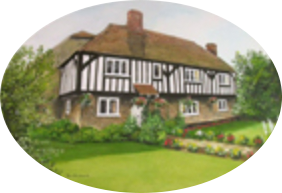Victorian Gold & Silver Toothpick / Needle or Pencil Lead Case Cleopatra's Needle
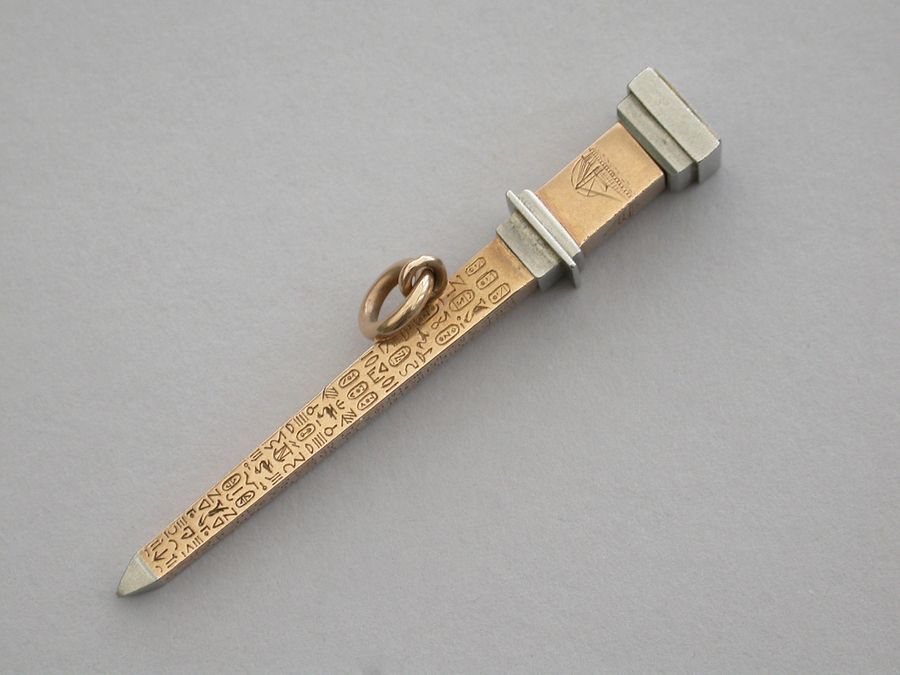
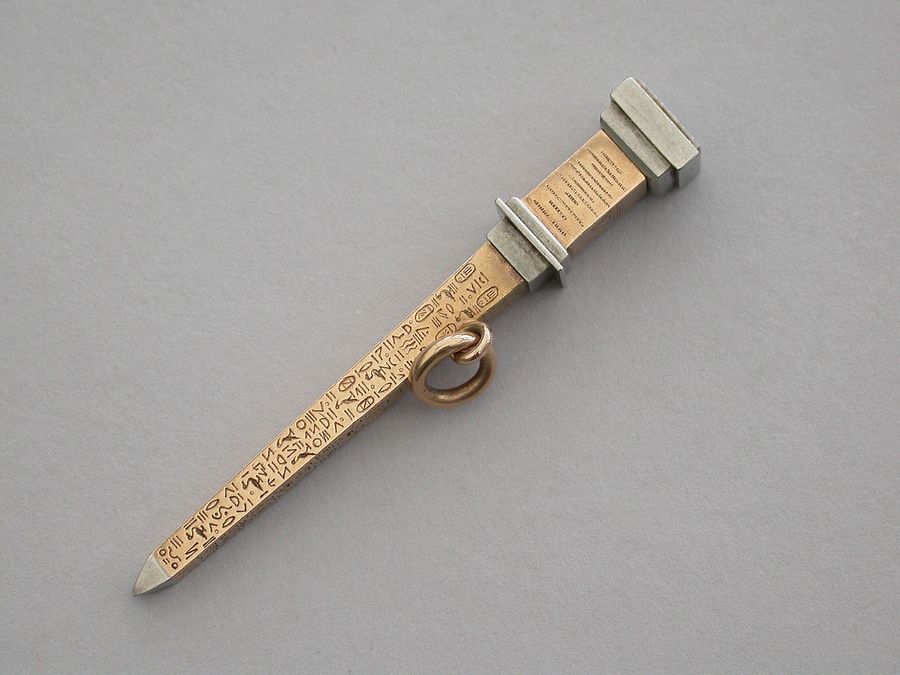

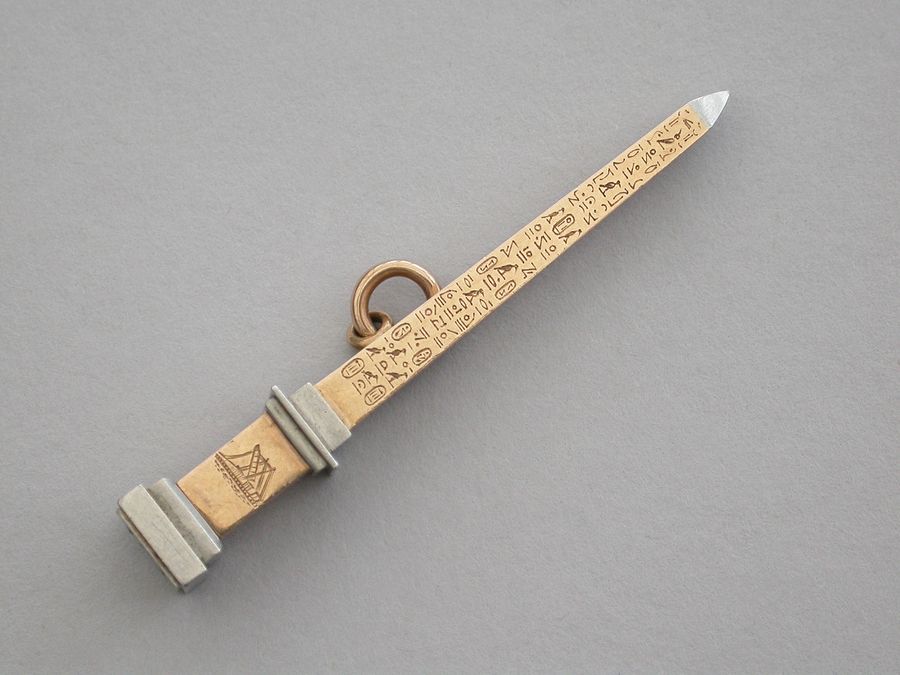
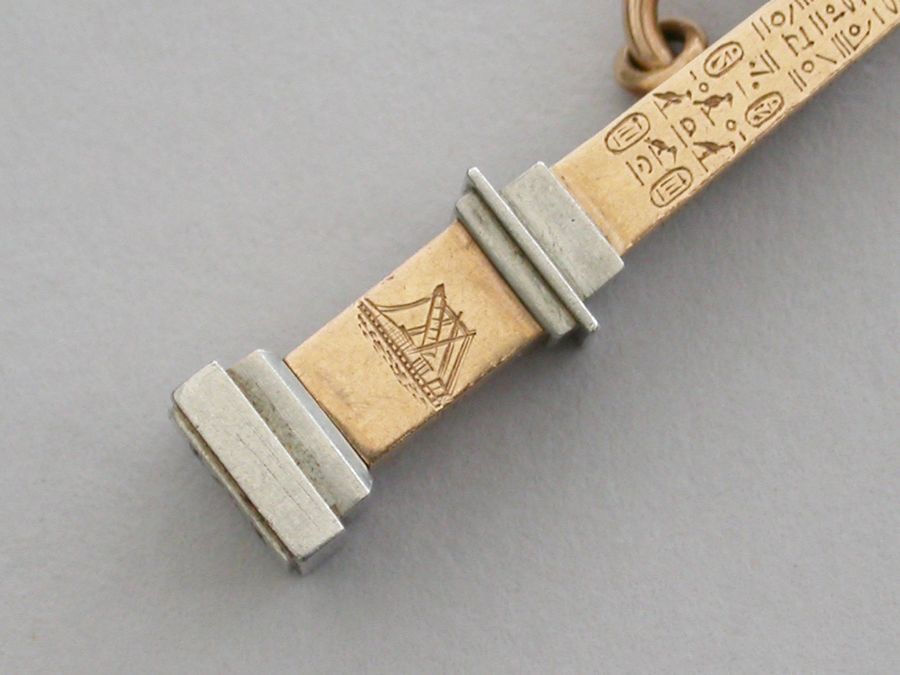


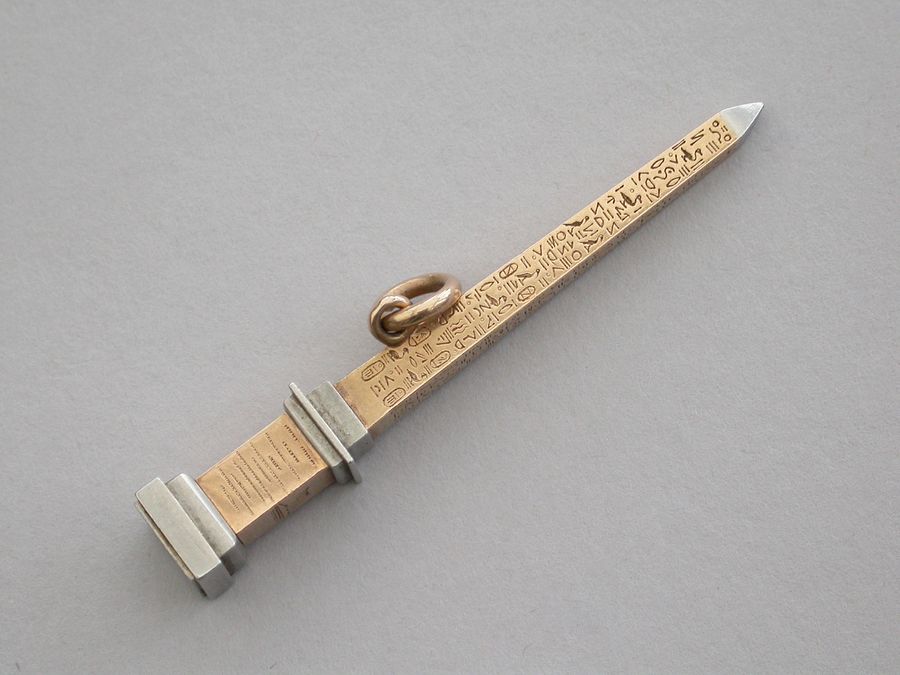
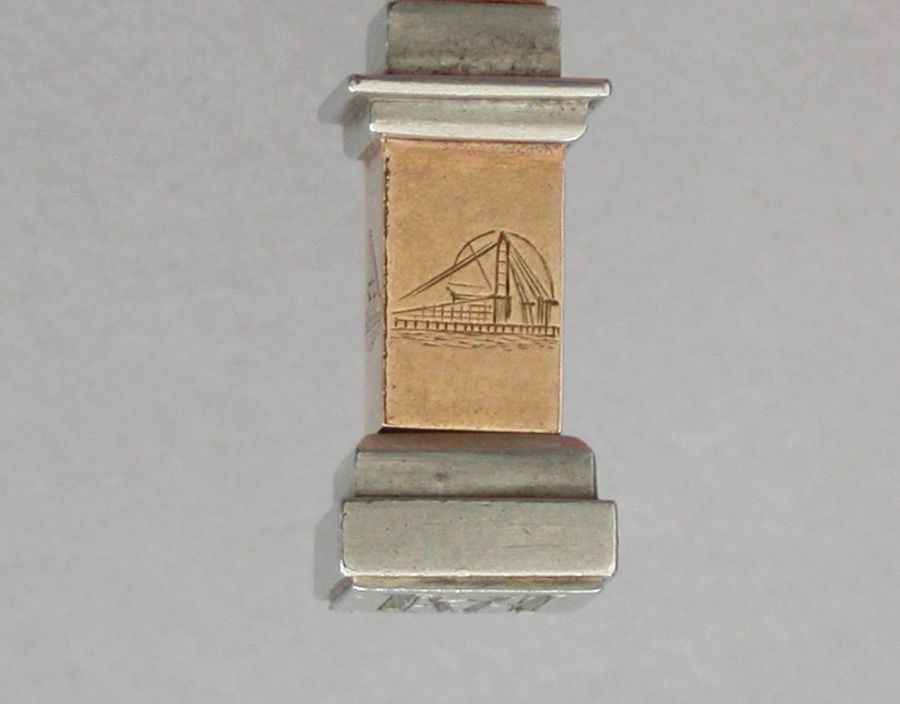

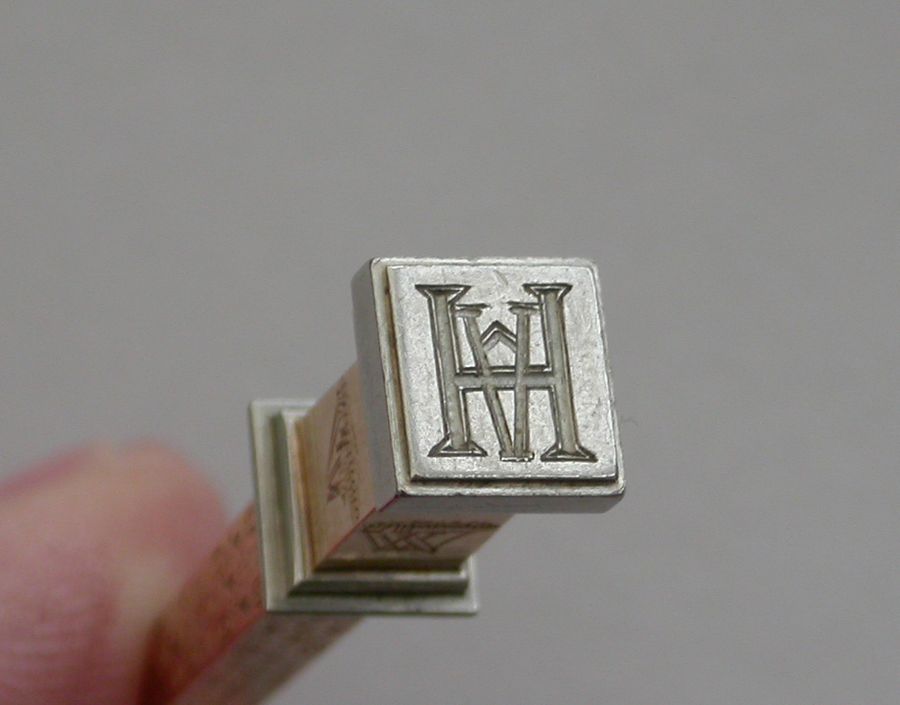
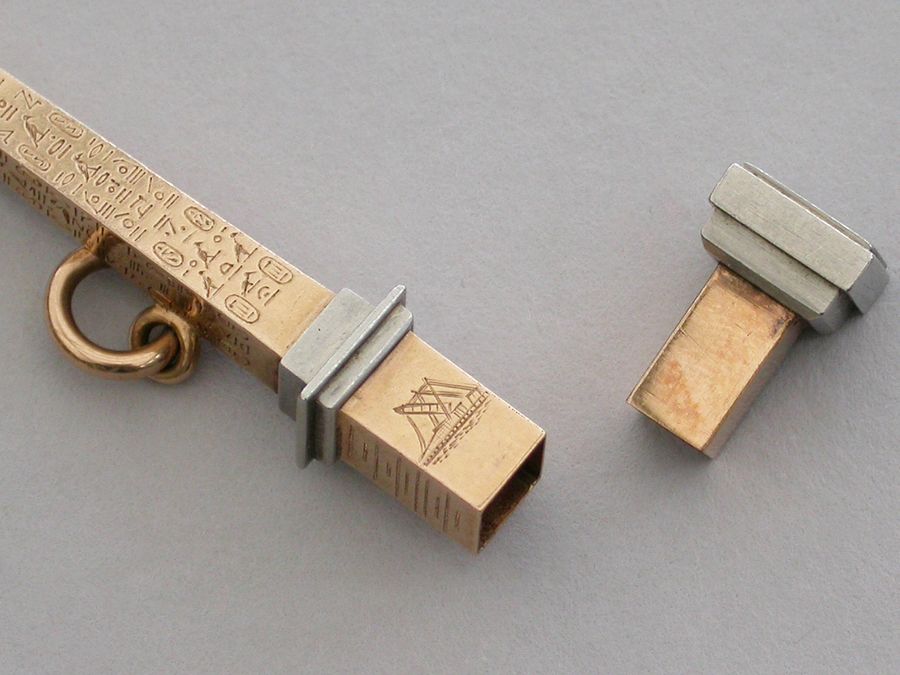




An unusual Victorian novelty silver and gold Toothpick / Needle or Pencil Lead Case, made in the form of Cleopatra's Needle,
the body engraved with Egyptian hieroglyphs and images of the Needle being erected. The pull-off lid formed as a desk seal and engraved with initials - HA. Attached suspension ring.
Unmarked c1878.
Cleopatra's Needle in London (similar named obelisks exist in New York and Paris) is an Egyptian obelisk is located in the City of Westminster, on the Victoria Embankment near the Golden Jubilee Bridges. It was presented to the United Kingdom in 1819 by the ruler of Egypt and Sudan Muhammad Ali, in commemoration of the victories of Lord Nelson at the Battle of the Nile and Sir Ralph Abercromby at the Battle of Alexandria in 1801. Although the British government welcomed the gesture, it declined to fund the expense of transporting it to London.
The obelisk remained in Alexandria until 1877 when Sir William James Erasmus Wilson, a distinguished anatomist and dermatologist, sponsored its transportation to London from Alexandria at a cost of some £10,000 (equivalent to over £1,000,000 in 2022). Following consultation with Mathew William Simpson, a railway and locomotive engineer working for the Khedive of Egypt and a friend of Wilson who shared his passion for Egyptian antiquities, it was dug out of the sand in which it had been buried for nearly 2,000 years and was encased in a great iron cylinder, 92 feet long and 16 feet in diameter. This was designed by the engineer John Dixon (from original plans drawn up for Wilson by Mathew William Simpson, who was unable to undertake the work due to being under contract to the Khedive), and dubbed Cleopatra, to be commanded by Captain Carter. It was built at the Thames Iron Works, shipped to Alexandria in separate pieces, and built around the obelisk by Waynman Dixon, John's brother. It had a vertical stem and stern, a rudder, two bilge keels, a mast for balancing sails, and a deck house. This acted as a floating pontoon which was to be towed to London by the ship Olga, commanded by Captain Booth.
The effort almost met with disaster on 14 October 1877, in a storm in the Bay of Biscay, when the Cleopatra began wildly rolling, and became uncontrollable. The Olga sent out a rescue boat with six volunteers, but the boat capsized and all six crew were lost – they are named on a bronze plaque attached to the foot of the needle's mounting stone. Captain Booth on the Olga eventually managed to get his ship next to the Cleopatra and rescued Captain Carter and the five crew members aboard Cleopatra. Captain Booth reported the Cleopatra "abandoned and sinking", but she stayed afloat, drifting in the Bay, until found four days later by Spanish trawler boats, and then rescued by the Glasgow steamer Fitzmaurice and taken to Ferrol in Spain for repairs. The Master of the Fitzmaurice lodged a salvage claim of £5,000 which had to be settled before departure from Ferrol, but it was negotiated down and settled for £2,000. The William Watkins Ltd paddle tug Anglia, under the command of Captain David Glue, was then commissioned to tow the Cleopatra back to the Thames. On their arrival in the estuary on 21 January 1878, the school children of Gravesend were given the day off. A wooden model of the obelisk had previously been placed outside the Houses of Parliament, but the location had been rejected, so the London needle was finally erected on the Victoria Embankment on 12 September 1878.
Sold - £465.00
